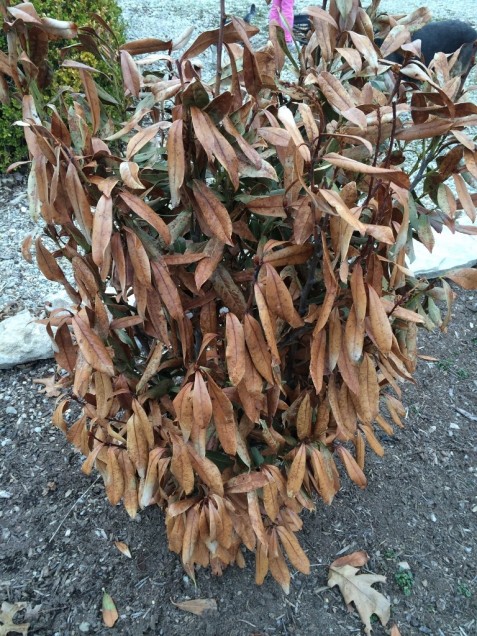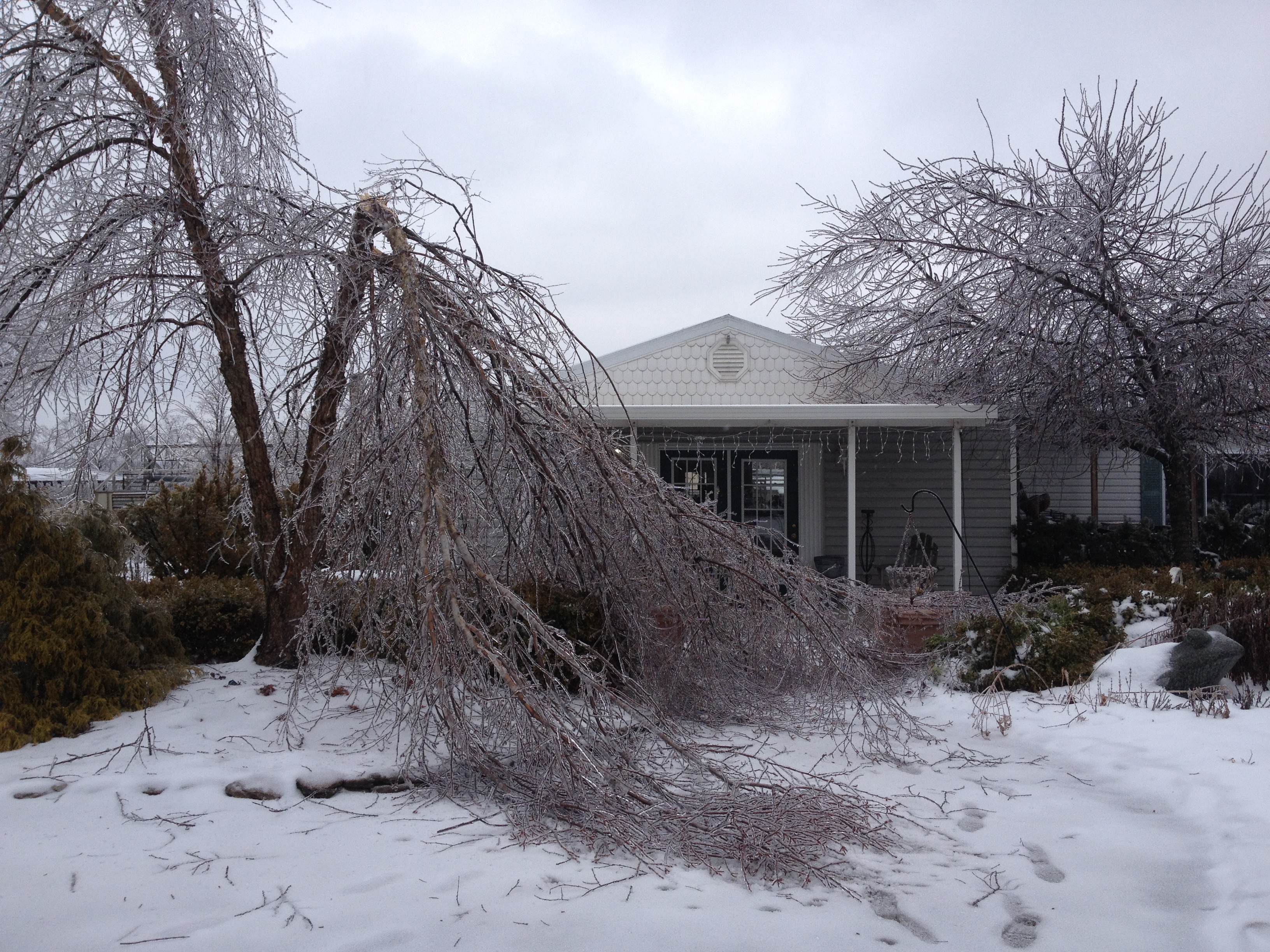All We Need is a Little Patience
Come hell or high water, some of which we have already had, I was determined to get this blog post out. I have been trying for at least three months to get this completed but to no avail. It has been excessively busy with our landscape jobs, garden center, farm, employees, kids and family.
From the winter that would not end, to the spring of insanity, where I am so busy I cannot catch my breath. Albeit good insanity, as moneymaking insanity is always better than the alternative, but with this kind business it is always feast or famine.
We just survived that little thing around here known as Derby. Since only Louisvillian’s can turn a two-minute event into a month long party, of course many of our clients have to have their gardens and landscapes be just perfect for this time of year. Now we are into the normal spring rush. It is so crazy and intense that I often forget why I do this line of work.
I was at a new client’s home the other day, a friend from Rotary, and the first thing out of his mouth was, “Man, you have a great job; you must love what you do. You get to go to people’s houses, be outside, not cooped up in an office and see all kinds of great things.” I had that brief moment as often before, that I had to remind myself, “You know what, he is right and this is awesome.” However, I am just like anyone else and who is caught up in the day-to-day grind and forget what I am doing.
Spring has been spectacular as usual and we are fast approaching summer. However, it still seems that it is not business as usual. Plants are off schedule and blooming at strange times. Some are dead or some are tricking everyone into thinking they are dead, as they have taken longer than Rip Van Winkle to come out of their slumber.
For months now, I have had clients asking me about various plants and whether they were indeed dead. Most have assumed they are dead, as they just look horrible. All of the broadleaf evergreens took a hit. Plants like Southern Magnolia, Cherry Laurels (Skip and Otto Luyken), Holly, Boxwood, Nandina and many others. Other plants that are supposed to marginal here were not hit at all like one of my Osmanthus that looks amazingly well.
I have been seeing some amazing things happen with plants coming back. I have been periodically checking on a planting of laurels that we installed last fall. A few months ago, I thought for sure they were all dead, but now all have flushed out and are looking great. Trust me, there are many that didn’t make it, but I am surprised by how many did survive. All we have to do is show them a little patience.
Keep in mind things like Crape Myrtle, Vitex, Nandina, etc. always take a long time to flush out their spring growth. We get asked about these plants every spring. The best way to check to see if a plant is still alive is to scratch the bark lightly with your fingernail or a knife and see if there is green underneath. If there is green, the plant is still alive. This doesn’t guarantee that the plant will flush out new growth, but there is a better chance than not. I have seen “green” plants stall out and just not have the energy or resources to push spring growth. Another possibility too, particularly with deciduous species that were knocked to the ground with total dieback, is new growth coming up from the roots. So again, be patient.
The amazing thing in all of this is to bear witness to the tenacity of life. This winter did claim some victims, but there are way more survivors than casualties. Plants are just like people; whatever doesn’t kill them makes them stronger. They just need a little time to gather themselves and pull out of the winter funk; Lord knows I have. Finally, plants like people will often surprise you in amazing ways, if you just give them a little patience. Happy Spring Everyone!




Recent Comments